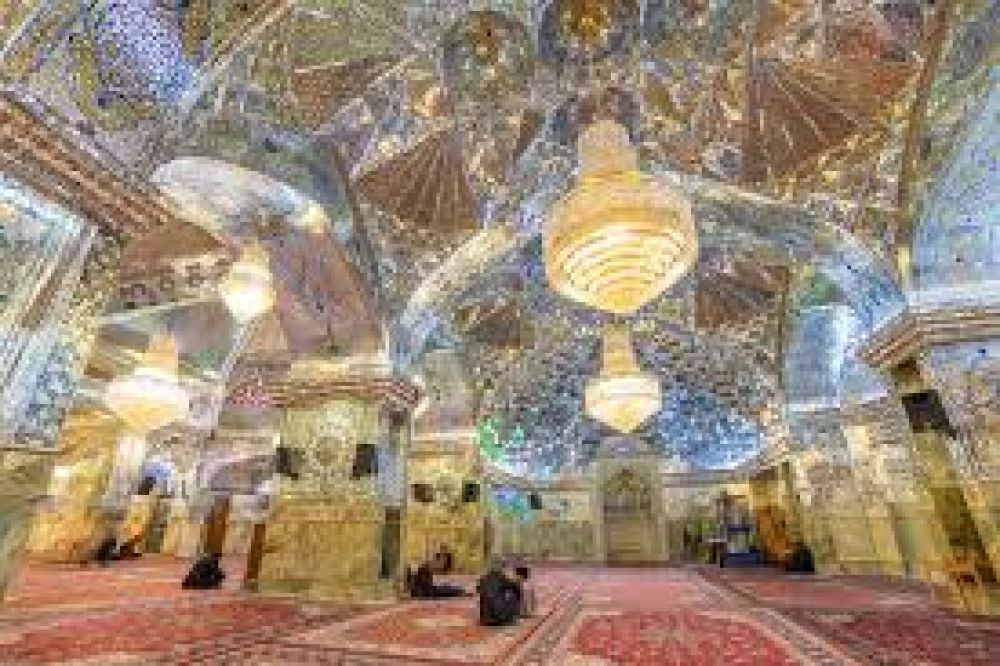

Shiraz, known as the cultural capital of Iran, is a city that boasts a rich tapestry of Persian history, culture, and literature. Renowned as the birthplace of the great poets Hafez and Saadi, its history in tourism is as ancient as its awe-inspiring monuments.
Tourism in Shiraz dates back to the times of the Achaemenid Empire when the nearby capital of Persepolis drew visitors from across the known world. The fascination with Shiraz's hospitality and the ruins of Persepolis continued through the centuries, even after the city's dramatic plundering by Alexander the Great in 330 BC. Elements of both grandeur and ruin have intrigued travelers and scholars, making it a part of their expeditions into the ancient world.
With the advent of Islam and the establishment of the Shirazis' rule during the Zand dynasty in the 18th century, Shiraz experienced a renaissance. Karim Khan Zand, the founder of the Zand dynasty, declared Shiraz the capital and erected many buildings that are now major tourist attractions, such as the Vakil Mosque and Vakil Bazaar. The city became a focus for both Persian culture and international interest, further cementing its status as a central point for tourism.
The 19th and early 20th centuries saw European travelers and archaeologists flock to Shiraz, driven by their desire to discover ancient Persia. The city's literary heritage, alongside its historic sites, added a rich layer of cultural tourism that continues to this day.
With Iran's modernization under the Pahlavi dynasty in the mid-20th century, Shiraz became more accessible to global tourists. The establishment of better roads, hotels, and other tourist facilities made travel to this city smoother, attracting even more visitors.
Today, Shiraz remains a treasure trove of Persian culture. The city is famous for its gardens, especially Eram Garden, which is listed as a World Heritage Site, alongside several other iconic gardens contributing to Shiraz’s nickname, "City of Gardens".
Contemporary trends in Shiraz tourism show a move towards sustainable and experiential travel. Visitors are increasingly seeking authentic experiences that respect the local culture and environment. This includes staying in traditional houses converted to guesthouses, participating in local cooking classes, and engaging in ecological tours that emphasize the preservation of both cultural sites and nature.
In recent years, Shiraz has also become a center for medical tourism, with visitors from the region seeking high-quality medical services at competitive prices. The city's investment in medical facilities and infrastructure has broadened the scope of tourism, making it a multifaceted destination.
The integration of digital technologies in promoting Shiraz's tourism has been instrumental. Virtual tours, online booking systems, and social media campaigns showcasing the city’s attractions have played a significant role in the continued interest in Shiraz as a prime travel destination.
Shiraz continues to enchant visitors with its blend of historical grandeur, literary prestige, and modern advancements. The city's ongoing commitment to preserving its heritage while embracing new tourism trends ensures that it will remain a beloved destination for years to come.